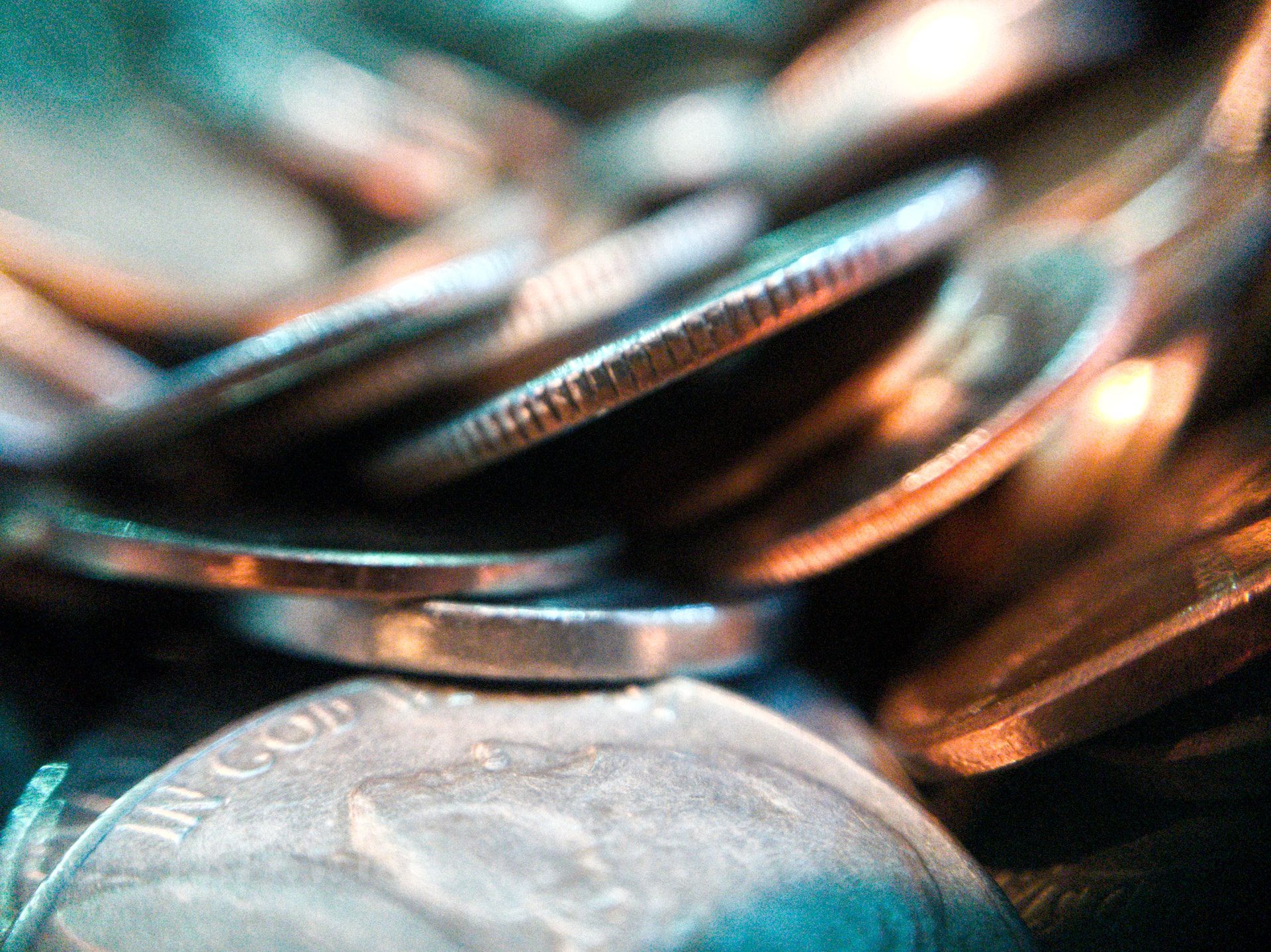Key Takeaways:
- The 1977 nickel’s rarity and value largely depend on its condition and unique features, such as Full Steps (FS).
- While most 1977 nickels hold a modest value, those with specific attributes could be worth significantly more.
- Understanding the history and metal content can provide valuable insights into the Jefferson nickel series, adding another layer to your coin-collecting journey.
A Brief Primer on the Jefferson Nickel
Since its inception in 1938, the Jefferson nickel has become a staple in American currency. Designed by Felix Schlag, this coin has undergone various changes in its lifetime. But one specific year has caught the attention of collectors and enthusiasts: 1977. Is the 1977 nickel rare? How much is it worth? Let’s delve into the factors that determine its value.
The Rare Intricacy of Full Steps
When collectors talk about the 1977 Jefferson Nickel, the term Full Steps or “FS” often comes up. Full Steps refer to the architectural detailing on the Monticello building featured on the coin’s reverse side. In most cases, these steps are not fully struck due to the complexities involved in the minting process.
A 1977 nickel with Full Steps is a collector’s delight. It’s an unusual feature that can significantly increase the coin’s value. The absence of Full Steps, however, doesn’t necessarily make the coin worthless. But if you have a 1977 nickel with this unique characteristic, you might be holding onto something special.
Condition Matters: Grading the 1977 Nickel
The coin’s condition, often referred to as its grade, plays a crucial role in its value. Coins are usually graded on a scale ranging from almost uncirculated (AU) to mint condition. Most 1977 nickels are worth between 5 to 10 cents if they fall into the almost uncirculated (AU) category or lower. However, if your coin is in uncirculated condition, it could fetch upwards of 50 cents.
Coin grading companies like PCGS and NGC offer encapsulated and graded coins, often serving as a benchmark for pricing. But these prices are not exhaustive and don’t cover the full spectrum of coin conditions, especially those that are raw and circulated.
What’s In the Nickel: Understanding Metal Composition
At first glance, Jefferson nickels might give the illusion of being silver due to their color. However, they mainly comprise copper (75%) and nickel (25%), except for the war-time nickels minted between 1942 and 1945. These coins contained 35% silver and had the mint mark placed differently to indicate their unique composition.
Knowing your coin’s metal content can help you better understand its historical context, even if it doesn’t necessarily add to its value.
The Role of the Mint Mark
The mint mark indicates where a coin was produced. For the 1977 nickel, you’ll find the mint mark to the right of the Monticello building on the reverse side. The marks commonly seen are ‘None’ for Philadelphia, ‘S’ for San Francisco, and ‘D’ for Denver.
Earlier, between 1942 and 1945, the mint mark was placed on the coin’s reverse to denote the silver nickels produced during the war-time. From 1968 onwards, it moved to the obverse side under the date. The presence or absence of a mint mark could be an interesting nuance in the overall scheme of your coin collection.
The Collector’s Perspective: How Rare is the 1977 Nickel?
So, is the 1977 nickel rare? The short answer is: it depends. While a regular 1977 nickel might not be considered a rarity, one with unique features like Full Steps can make it a sought-after item.
For enthusiasts, the thrill lies in the hunt—constantly seeking that one exceptional piece to complete or elevate their collection. Therefore, even if your 1977 nickel isn’t a rare gem, understanding its attributes can make it a valuable addition to your collection, both financially and sentimentally.
Closing Thoughts
The 1977 Jefferson Nickel offers more than just face value. Whether it’s the possibility of discovering a Full Steps feature, understanding the importance of grading, or merely appreciating the coin for its historical and aesthetic aspects, this nickel holds its own unique allure.
And who knows? Maybe that 1977 nickel you thought was ordinary could turn out to be a hidden treasure, offering not just monetary value but a captivating tale of American history.








